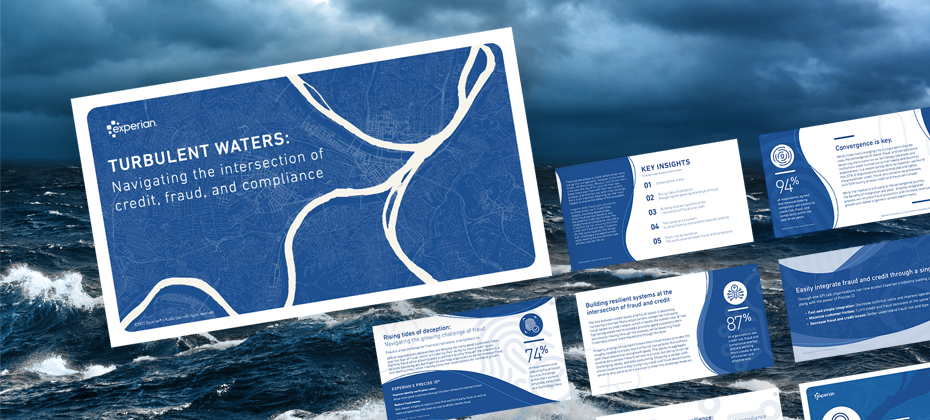
It’s no secret that the banking industry is essential to a thriving economy. However, the nature of the industry makes it prone to various risks that can have significant consequences. Therefore, effective and efficient risk management is vital for mitigating these risks and enhancing the stability of the banking sector. This is where risk management in banking comes in. Let’s look at the importance of risk management in banking and its role in mitigating risks in the industry.
What is risk management in banking?
Risk management in banking is an approach used by financial institutions to manage risks associated with banking operations. Establishing a structured risk management process is essential to identifying, evaluating and controlling risks that could affect your operations. The process involves developing and implementing a comprehensive risk management framework consisting of several components, including risk assessment, mitigation, monitoring and reporting.
Importance of banking risk management
Banks face risks from every angle – changing customer behaviors, fraud, uncertain markets, and regulatory compliance, making banking risk management critical for the stability of financial institutions. There are various risks associated with the industry, including:
- Credit risk: The probability of a financial loss resulting from a borrower’s failure to repay a loan, which results in an interruption of cash flows and increased costs for collection.
- How to mitigate: Leverage advanced analytics, data attributes, and predictive models to improve predictability, manage portfolio risk, make better decisionsand acquire the best customers.
- Market risk:The likelihood of an investment decreasing in value because of market factors (I.e., changes in interest rates, geopolitical events or recessions).
- How to mitigate: While it is impossible to eliminate market risk, you can diversify your assets, more accurately determine your risk threshold and stay informed on economic and market conditions.
- Liquidity risk:The risk that an organization cannot meet its short-term liabilities and financial payment obligations.
- How to mitigate: More regularly forecast your cash flow and conduct stress tests to determine potential risk scenarios that would cause a loss of liquidity and how much liquidity would be lost in each instance.
- Operational risk:Potential sources of losses that result from inadequate or failed internal processes (I.e., poorly trained employees, a technological breakdown, or theft of information).
- How to mitigate: Hire the right staff and adequately train them, stay up to date with cybersecurity threats and automate processes to reduce human error.
- Reputational risk: The potential that negative publicity regarding business practices, whether true or not, will cause a decline in the customer base, costly litigation or revenue reductions.
- How to mitigate: Define your bank’s core ethical values and relay them to stakeholders and employees. You should also develop a reputational management strategy and contingency plan in case a reputation-affecting incident occurs.
Risk management in banking best practices
Successful banks embrace risks while developing powerful mechanisms to prevent or manage them and stay ahead. By taking a proactive approach and leveraging risk management tools, you can minimize losses, enhance stability and grow responsibly.
The steps for implementing a banking risk management plan, include:
- Risk identification and assessment: Financial institutions need to identify potential risks associated with their operations and assess the severity and impact of these risks.
- Risk mitigation: Once risks have been identified and assessed, financial institutions can implement strategies to mitigate the effects of these risks. There are several strategies for risk mitigation, including risk avoidance, reduction, acceptance and transfer.
- Risk monitoring and reporting: One of the fundamental principles of a banking risk management strategy is ongoing monitoring and reporting. Financial institutions should continually monitor their operations to identify evolving risks and develop mitigation strategies. Generating reports about the progress of the risk management program gives a dynamic view of the bank’s risk profile and the plan’s effectiveness.
Several challenges may arise when implementing a risk management strategy. These include new regulatory rules or amendments, cybersecurity and fraud threats, increased competition in the sector, and inefficient resources and processes. An effective risk management plan serves as a roadmap for improving performance and allows you to better allocate your time and resources toward what matters most.
Benefits of implementing a risk management strategy
Banks must prioritize risk management to stay on top of the various critical risks they face every day. There are several benefits of taking a proactive approach to banking risk management, including:
Improved efficiency: Enhance efficiency and deploy more reliable operations by identifying areas of weakness or inefficiencies in operational processes.
Confident compliance: Ensure you comply with new and amended regulatory requirements and avoid costly fines.
Enhanced customer confidence: Foster customer confidence to increase customer retention and mitigate reputational risk.
Partnering to reduce risk and maximize growth
Effective risk management is crucial for mitigating risks in the banking industry. By implementing a risk management framework, financial institutions can minimize losses, enhance efficiency, ensure compliance and foster confidence in the industry.
At Experian, we have a team of experts dedicated to supporting our banking partners. Our team’s expertise paired with our innovative solutions can help you implement a powerful risk management process, as well as:
- Leverage data to reach company-wide business goals.
- Lower the cost of funds by attracting and retaining deposits.
- Protect your business against fraud and risk.
- Create less friction through automated decisioning.
- Grow your business portfolio and increase profitability.
Learn more about our risk management solutions for banks and fraud risk solutions.


